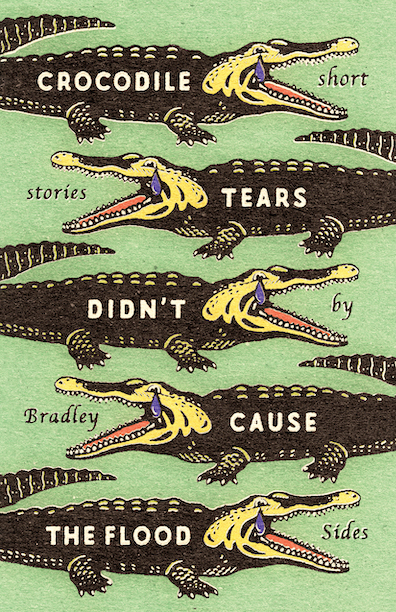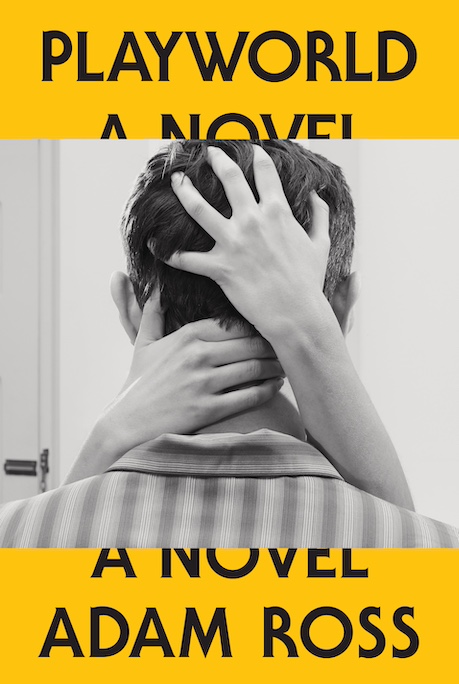With a Russian Accent
A new historical novel by Ariel Lawhon considers the fate of the Grand Duchess Anastasia
What does an author do when readers already know the end of her tale? How does she encourage us to stick with a story whose secrets have been revealed already? When Nashville author Ariel Lawhon embarked on a historical novel about Anna Anderson, the woman who claimed to be the Grand Duchess Anastasia, the only surviving daughter of Tsar Nicholas II, this was the challenge she faced.
 The captivity and subsequent disappearance of the tsar and his family in 1918 led most Russians to conclude they’d been murdered. When boasting by some of the executioners leaked to the public, the Romanovs’ fate seemed sealed. But in 1920, another rumor emerged: that the tsar’s youngest daughter, Anastasia, had survived the brutal attack, carried to safety by a sympathetic guard.
The captivity and subsequent disappearance of the tsar and his family in 1918 led most Russians to conclude they’d been murdered. When boasting by some of the executioners leaked to the public, the Romanovs’ fate seemed sealed. But in 1920, another rumor emerged: that the tsar’s youngest daughter, Anastasia, had survived the brutal attack, carried to safety by a sympathetic guard.
This story stirred to life when a young woman with an astonishing likeness to the tsarevna was pulled from Berlin’s Landwehr Canal after an attempted suicide. Her undernourished body was pocked with unusual scars that could well have resulted from the bullet and stab wounds that Anastasia was said to have survived. When she finally spoke, it was with a Russian accent, but she would tell no one who she was.
To add tension to this well-known history, Lawhon has constructed her novel of two intertwined stories: the first is the story of Anna Anderson, moving backwards from her elderly years toward the day she is pulled from the canal; the second is that of the Romanov family’s final days. Both stories meet in 1918, the year of the family’s disappearance. This narrative strategy pumps up the intrigue—the last third of the book is a page-turner.
Of the two tales, the story of the young Anastasia, just fifteen when the book begins, is the most captivating. We feel the shock of the revolution through her: “The first shots ring out before dawn. I count fifteen—each of them splitting the air with a sound like cracking glaciers—before I go to the window and throw it open. Soldiers, drunk and mutinous, stumble through the park and onto the palace lawn. They shake their fists and fire wantonly at the sky as fear—hard, cold, and tangible—lodges in my throat.”
 Raised in an opulent bubble, the beautiful tsarevnas are elegant but mostly useless—they don’t know how to fasten their own shoes—before being put under house arrest and sent into the palace gardens to grow their own vegetables. Lawhon paints a striking picture of sibling love and bickering under the shock of captivity. Anastasia is gently protective of her sickly brother Alexy, the hemophiliac heir to the throne. We experience young love as she’s attracted to a sympathetic guard. We feel her sadness when the Bolsheviks put the family on the train to a rundown house in Siberia. We fear for her when she and her sisters are left unchaperoned on another journey with drunken guards.
Raised in an opulent bubble, the beautiful tsarevnas are elegant but mostly useless—they don’t know how to fasten their own shoes—before being put under house arrest and sent into the palace gardens to grow their own vegetables. Lawhon paints a striking picture of sibling love and bickering under the shock of captivity. Anastasia is gently protective of her sickly brother Alexy, the hemophiliac heir to the throne. We experience young love as she’s attracted to a sympathetic guard. We feel her sadness when the Bolsheviks put the family on the train to a rundown house in Siberia. We fear for her when she and her sisters are left unchaperoned on another journey with drunken guards.
The Anna Anderson part of the tale is far more enigmatic, as Anderson was in real life. Temperamental and withdrawn, she was impatient with the constant questions and proddings of hangers-on, but she nevertheless lived off the kindness of wealthy strangers and well-wishers. The book begins in 1970 with Anna, now a prickly older woman, awaiting the verdict of a legal bid to proclaim her heir to the Romanov throne. Throughout her story, however, Anna rarely claims to be Anastasia, letting others stand up for her instead.
One such scene features Gleb Botkin, the son of the tsar’s doctor and a childhood friend of Anastasia’s. Botkin is one of Anna Anderson’s greatest boosters. Holding up a newspaper, he points to a headline that refers to her as the lost daughter of the tsar: “Don’t you see, Anna, we’re winning!”
Anna is blasé in the face of his enthusiasm: “I didn’t realize we’re competing.” Cool and aloof, she possesses all the hauteur of a grand duchess. By the end of the novel, readers will be rooting for her royal identity to be revealed.
I Was Anastasia is a unique and resonant biographical novel of two women. Or is it one?

Jennie Fields received an M.F.A. in creative writing from the University of Iowa Writers’ Workshop and is the author of four novels: The Age of Desire, Lily Beach, Crossing Brooklyn Ferry, and The Middle Ages. She lives in Nashville.


